#NGC 5904
Text
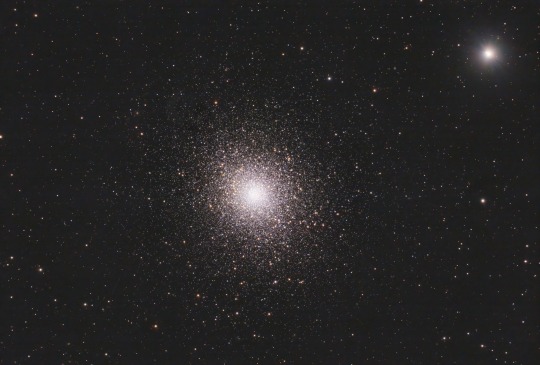
The Rose Cluster, M5 // Ollie Aplin
The Rose Cluster was discovered in 1702 by Gottfried Kirch, and is notable for having an elliptical rather than spherical shape.
#astronomy#astrophotography#messier marathon#stars#star cluster#globular cluster#messier#messier 5#M5#NGC 5904#serpens
59 notes
·
View notes
Text
A Globular Cluster in Serpens
A globular cluster.
Plus a rocket launched from Australia.
#astronomy
#rocketlaunch
@ausSpaceAgency
Messier 5
NGC 5904
Image exposure: 20 minutesImage field of view: 39.5 x 26.2 arcminImage date: 2022-06-25
Over ten billion years old, this globular cluster is twice the age of our Solar System and can be easily seen in binoculars, despite its distance of almost 25,000 light years.
Globular clusters hang out in the Milky Way’s galactic halo, the sparse outer regions of the galaxy, well beyond…

View On WordPress
#amateur astronomy#ASA#Astronomy#australia#Australian Space Agency#Brad Tucker#cosmos#creation#deep sky#Featured#Globular Cluster#image#launch#M5#Meade LX-90#Messier 5#Milky Way#nature#NGC 5904#photography#rocket#science#space#Space industry#Space News#Stars#Universe#world#ZWO ASI 071 Pro
0 notes
Text
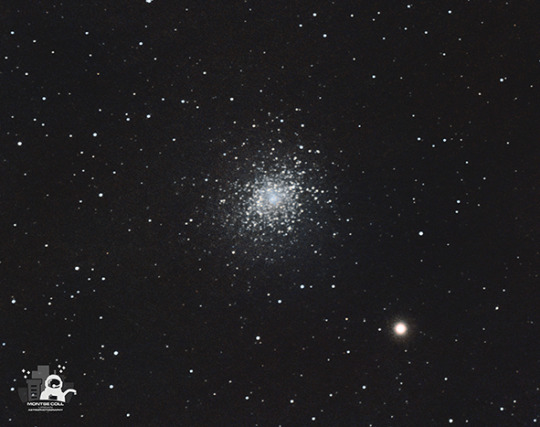
M5, NGC 5904 globular cluster.
Constellation Serpens
Distance: 24.500 ly
March 25, 2023 -Montcada i Reixac
#astrophotography#urban astrophotography#cosmos#universe#messier5#globular cluster#original photographers
54 notes
·
View notes
Text
M 5
M 5
Conosciuto anche come NGC 5904 è un ammasso globulare visibile nella costellazione del Serpente (Testa); è piuttosto brillante.
M5 può essere osservato da entrambi gli emisferi terrestri, grazie al fatto che la sua posizione è praticamente equatoriale: l’oggetto infatti raggiunge quasi la medesima altezza in cielo da ogni coppia di latitudini opposte, pertanto nessun emisfero risulta…
View On WordPress
0 notes
Photo
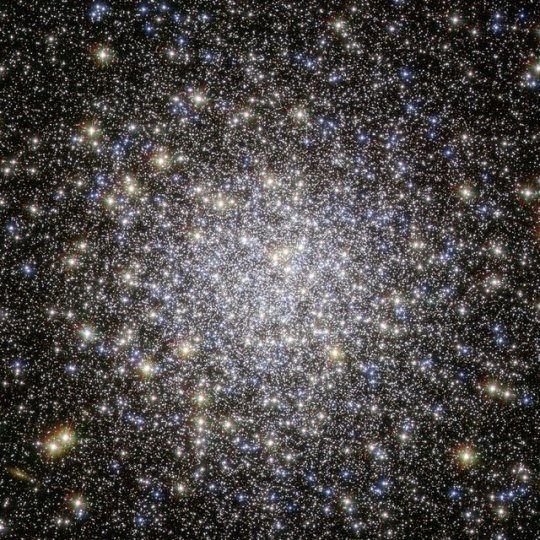
From SpaceTelescope.Org Picture of the Week; May 2, 2011:
Breathing New Life Into An Old Cluster
The globular cluster Messier 5, shown here in this NASA/ESA Hubble Space Telescope image, is one of the oldest belonging to the Milky Way. The majority of its stars formed more than 12 billion years ago, but there are some unexpected newcomers on the scene, adding some vitality to this aging population.
Stars in globular clusters form in the same stellar nursery and grow old together. The most massive stars age quickly, exhausting their fuel supply in less than a million years, and end their lives in spectacular supernovae explosions. This process should have left the ancient cluster Messier 5 with only old, low-mass stars, which, as they have aged and cooled, have become red giants, while the oldest stars have evolved even further into blue horizontal branch stars.
Yet astronomers have spotted many young, blue stars in this cluster, hiding amongst the much more luminous ancient stars. Astronomers think that these laggard youngsters, called blue stragglers, were created either by stellar collisions or by the transfer of mass between binary stars. Such events are easy to imagine in densely populated globular clusters, in which up to a few million stars are tightly packed together.
Messier 5 lies at a distance of about 25 000 light-years in the constellation of Serpens (The Snake). This image was taken with Wide Field Channel of Hubble’s Advanced Camera for Surveys. The picture was created from images taken through a blue filter (F435W, coloured blue), a red filter (F625W, coloured green) and a near-infrared filter (F814W, coloured red). The total exposure times per filter were 750 s, 400 s and 567 s, respectively. The field of view is about 2.6 arcminutes across.
Credit: ESA/Hubble & NASA
#spacetelescope.org#astronomy#hubble#hubble space telescope#star cluster#globular cluster#Messier 5#M5#star formation#stellar evolution#NGC 5904#long post
3 notes
·
View notes
Photo

The globular cluster Messier 5, one of the oldest belonging to the Milky Way. Credit: NASA/ESA/HST
Messier 5 (M5) – The NGC 5904 Globular Cluster
In the late 18th century, Charles Messier was busy hunting for comets in the night sky, and noticed several “nebulous” objects. After initially mistaking them for the comets he was seeking, he began to compile a list of these objects so other astronomers would not make the same mistake. Known as the Messier Catalog, this list consists of 100 objects, consisting of distant galaxies, nebulae, and star clusters.
Among the many famous objects in this catalog is the M5 globular star cluster (aka. NGC 5904). Located in the galactic halo within the Serpens Constellation, this cluster of stars is almost as old as the Universe itself (13 billion years)! Though very distant from Earth and hard to spot, it is a favorite amongst amateur astronomers who swear by its beauty.
0 notes
Photo
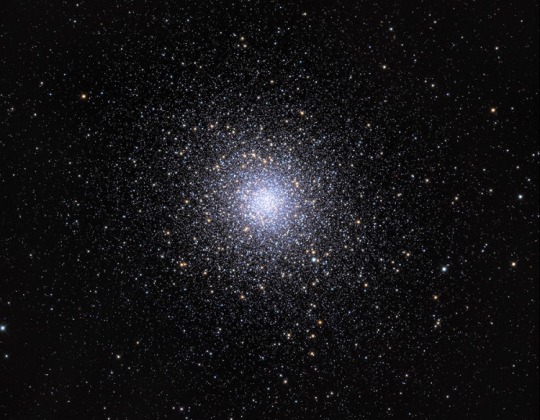
NGC 5904 (Globular Cluster)、Messier 5 (M5) (C) NASA
7 notes
·
View notes
Text
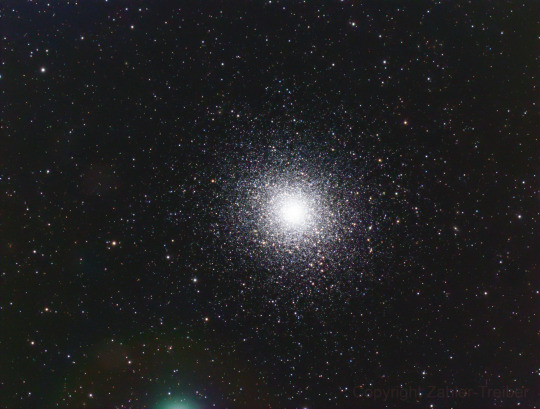
The Rose Cluster, M5 // Gerhard Zahler-Treiber
#astronomy#astrophotography#stars#star cluster#globular cluster#rose cluster#messier#messier 5#M5#NGC 5904#serpens
25 notes
·
View notes
Text
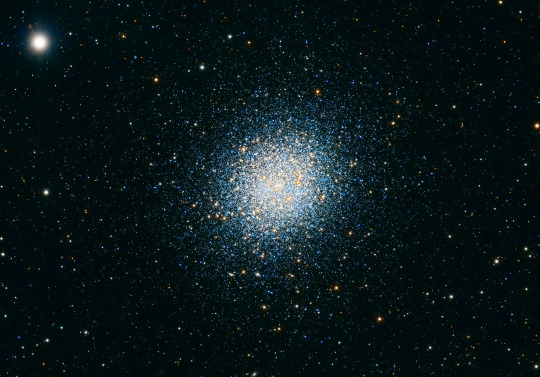
The Rose Cluster, M5 // John Favalessa
#astronomy#astrophotography#stars#star cluster#globular cluster#rose cluster#messier#messier 5#M5#NGC 5904#serpens
25 notes
·
View notes
Text
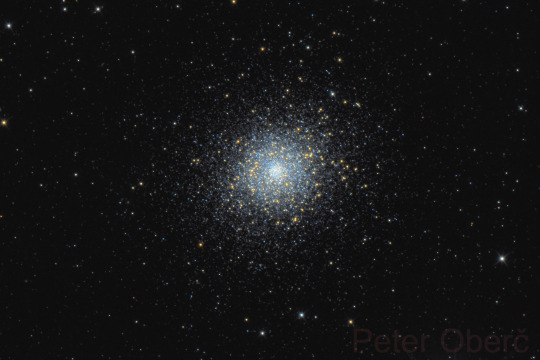
M5 // Peter Oberč
#astronomy#astrophotography#stars#star cluster#globular cluster#messier#messier 5#M5#NGC 5904#serpens
47 notes
·
View notes
Photo

M5 // Alicia Rossiter
#astronomy#astrophotography#stars#star cluster#globular cluster#messier#messier 5#M5#NGC 5904#serpens
66 notes
·
View notes
Photo
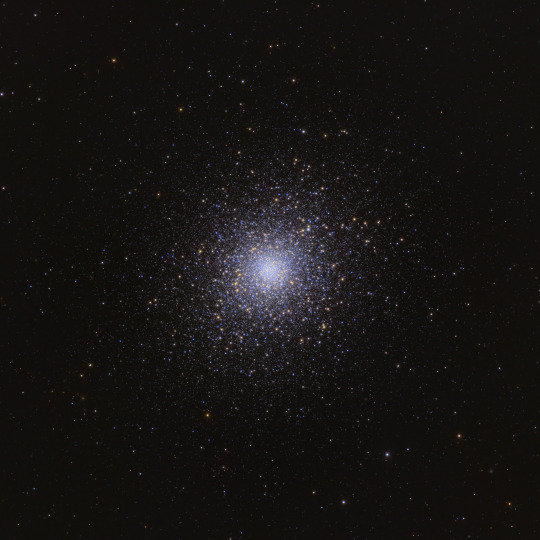
M5 // Linwood Ferguson
#astronomy#astrophotography#stars#star cluster#globular cluster#messier#messier 5#M5#NGC 5904#serpens
40 notes
·
View notes
Photo
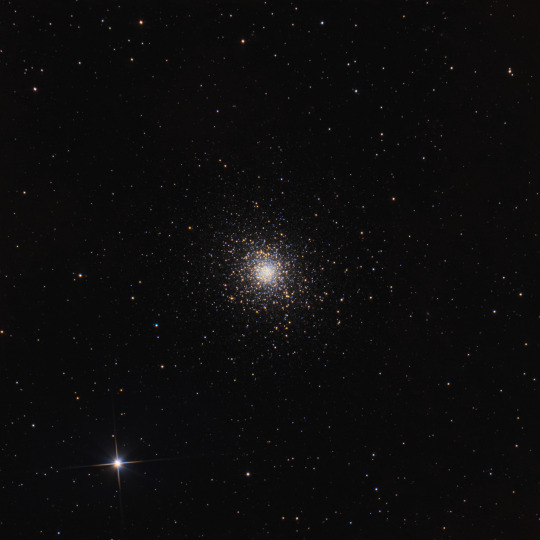
M5 // falke2000
#astronomy#astrophotography#stars#star cluster#globular cluster#messier#messier 5#M5#NGC 5904#serpens
31 notes
·
View notes
Photo
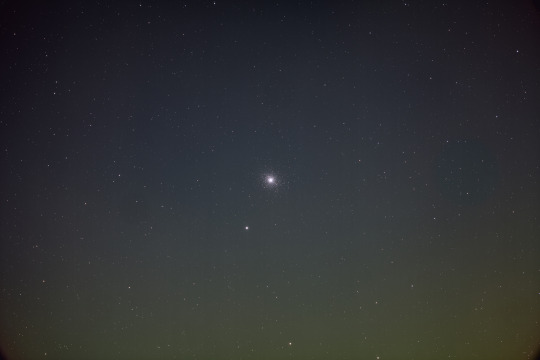
M5 (NGC 5904) and the star 5 Serpentis // Roland Christen
#astronomy#astrophotography#stars#star#star cluster#globular cluster#messier#messier 5#M5#NGC 5904#binary stary#5 serpentis#serpens
26 notes
·
View notes
Photo

M5 // Daveone
#astronomy#astrophotography#stars#star cluster#globular cluster#messier#messier 5#M5#NGC 5904#serpens
41 notes
·
View notes
Photo
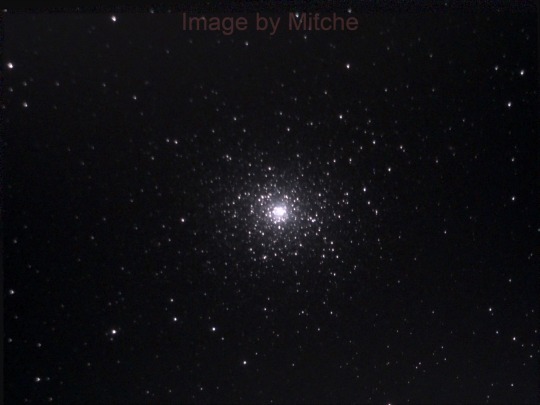
M5 // Mitche
#astronomy#astrophotography#stars#star cluster#globular cluster#messier#messier 5#M5#NGC 5904#serpens
15 notes
·
View notes